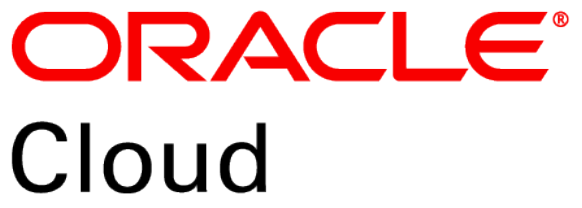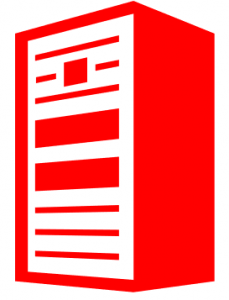[Summary] Overview and features of Oracle Cloud [Key points]

table of contents
This is Ohara from the technical sales department.
This is an article summarizing the overview, features, and points of
"Oracle Cloud" (Information as of October 2018)
Overview of “ Oracle Cloud

■Tokyo region scheduled to open in 2019 (OracleCloud's own region)
A cloud designed and developed on the premise that it can handle large-scale, mission-critical workloads such as those in enterprise systems
■ The cloud version of Oracle DB, "Oracle Database Cloud Service (PaaS),"
guarantees the same performance as Oracle DB, and has built-in automation and efficiency features unique to PaaS.
(A tuned-up OracleDB can be prepared in a few clicks)
■ Equipped with Oracle DB tablespace encryption, backup, and patch application functions as standard.
■ Although it is a PaaS, functions with OS management privileges can be used.
■ Enterprise-level support is included in your cloud fee.
■ Collaboration and connection functions with existing on-premises data centers.
■ In addition to virtual machines (VMs), dedicated bare metal servers are also provided in the cloud,
allowing instant server allocation and scale-in/out.
■ Oracle's DWH "Oracle Autonomous Database Cloud"
is equipped with "Oracle Database 18c", the next generation version of Oracle Database.
■Since it is an "autonomous database", there is no need for DB tuning, patch application, updates, or maintenance.
It has an automatic repair feature that automatically protects against downtime.
■ Data transfer amount (outbound) is free up to 10TB/month.
(Data transfer amount within the availability domain is free)
■ Storage (Block Storage) Performance
IOPS: None
Performance: 60 IOPS / GB (Standard)
Maximum IOPS / Instance: Maximum 400,000 IOPS
■ Since the CPU is physical,
when comparing and calculating the CPU (number of cores) between Oracle Cloud and other companies' clouds, use "approximately 1/2" as a guide.
[Example]
Other company's cloud: 16vCPU
Oracle Cloud: 8core
■ Even in the cloud, it is necessary to calculate the number of cores per instance.
Also, when using Windows Server as the OS, calculate the number of cores.
*Same concept as the on-premises version core license.
Service correspondence table between “Oracle Cloud” and “AWS”

This is a correspondence table for each service provided by Oracle Cloud and Amazon Web Service (AWS)
| Cloud Service | Oracle Cloud | Amazon Web Services (AWS) |
|---|---|---|
| Compute (IaaS) | Oracle Cloud Infrastructure | Amazon EC2 |
| Serverless | Functions / IaaS Orchestration / Stack Manager | AWS Lambda |
| Loadbalancer | Load Balancing Service | Elastic Load Balancing |
| Storage | Object Storage / Storage CS | Amazon S3 |
| Database | DBCS/MySQL CS | Amazon RDS |
| Database (NoSQL) | NoSQL CS / Bigdata CS / MongoDB on Compute | Amazon DynamoDB |
| DWH | Autonomous Database Cloud service | Amazon Redshift |
| Networking | VCN (VPN-CS/Fast connect) |
Amazon VPC |
| DNS | OCI Edge | Amazon Route53 |
| Cache | Compute + Redis (Marketplace) | Amazon ElastiCache |
| App Services (PaaS) | Messaging CS | Amazon Simple Queue Service |
| Management Tools | Standard Monitoring FunctionOracle | Amazon CloudWatch |
| Cloud Automation | IaaS Orchestration / Stack Manager |
AWS CloudFormation |
Analytics (Distributed)
|
Bigdata CS / Oracle Analytics CS |
Amazon EMR |
| Analytics (Streaming) | Event Hub CS / SOA CS / Oracle Analytics CS |
Amazon Kinesis |
summary
It was announced that
Oracle will open its own data center (region) in Tokyo during 2019, and if you are a current Oracle user and want to migrate to Oracle Cloud, It might be good news.
For cloud design, construction, operation maintenance, and monitoring of
"Oracle Cloud" please contact Beyond
>>>[Click here for inquiries]<<<

 0
0







